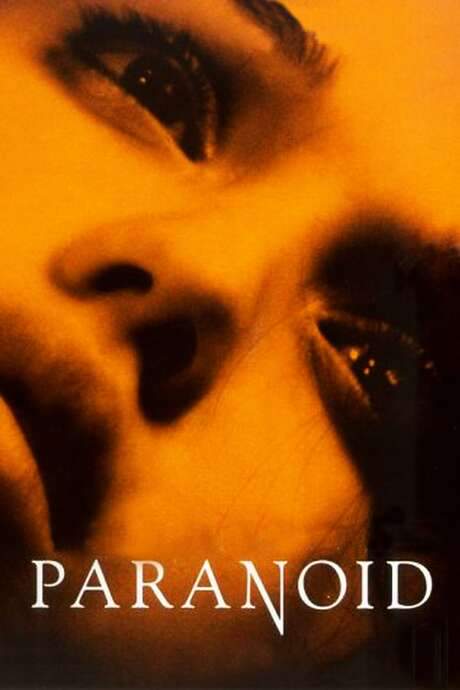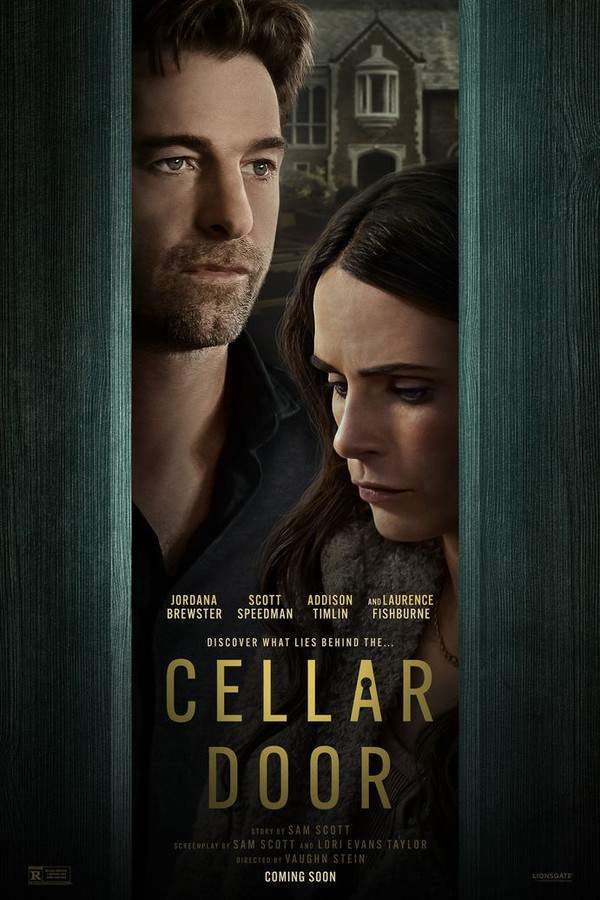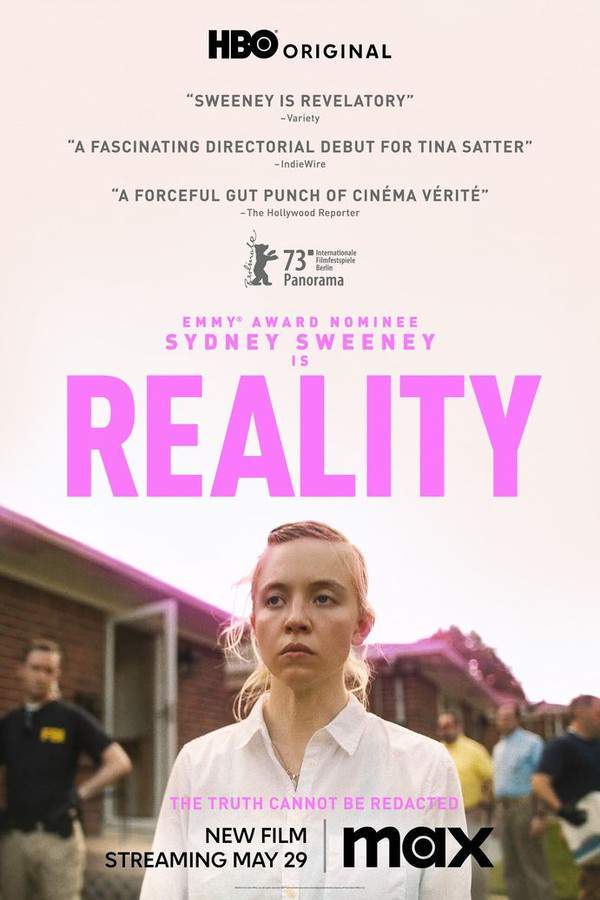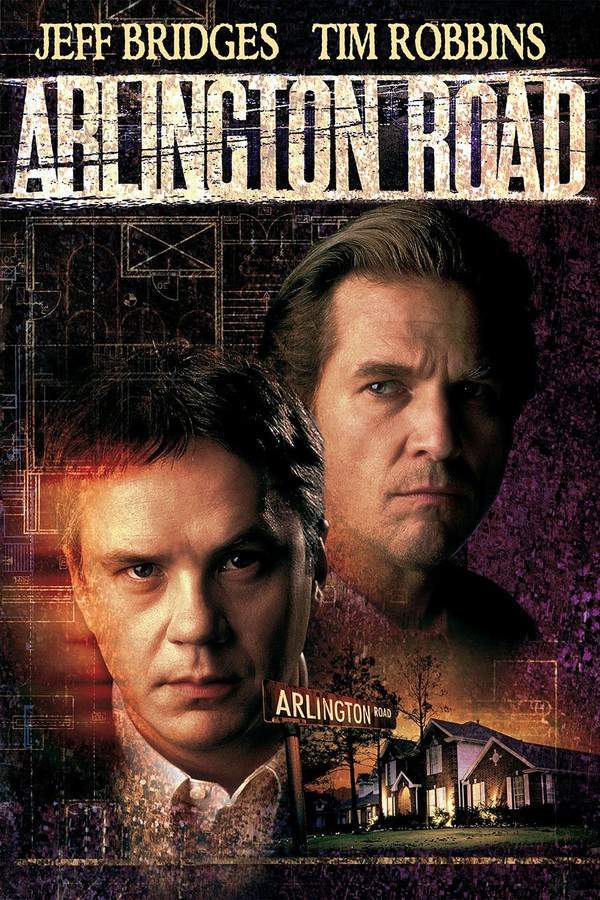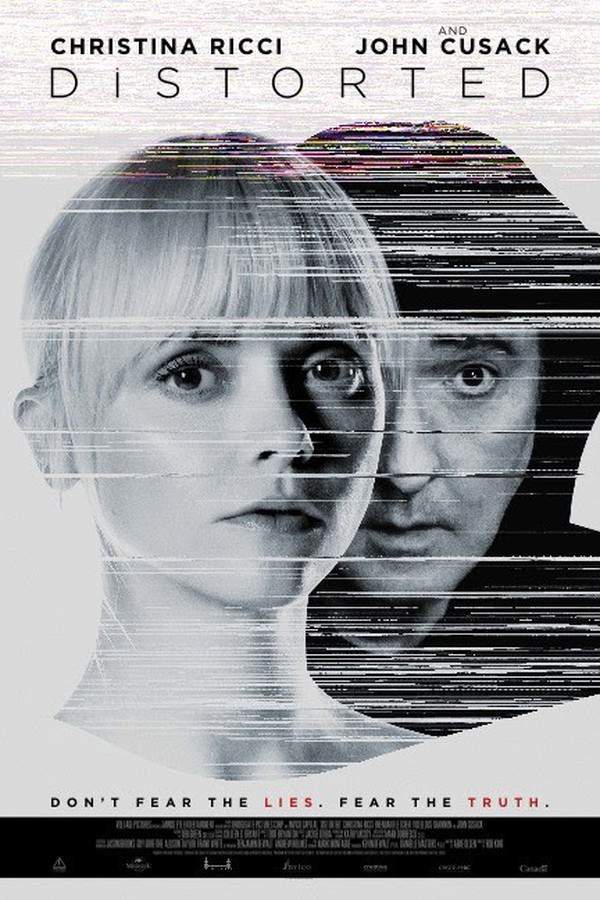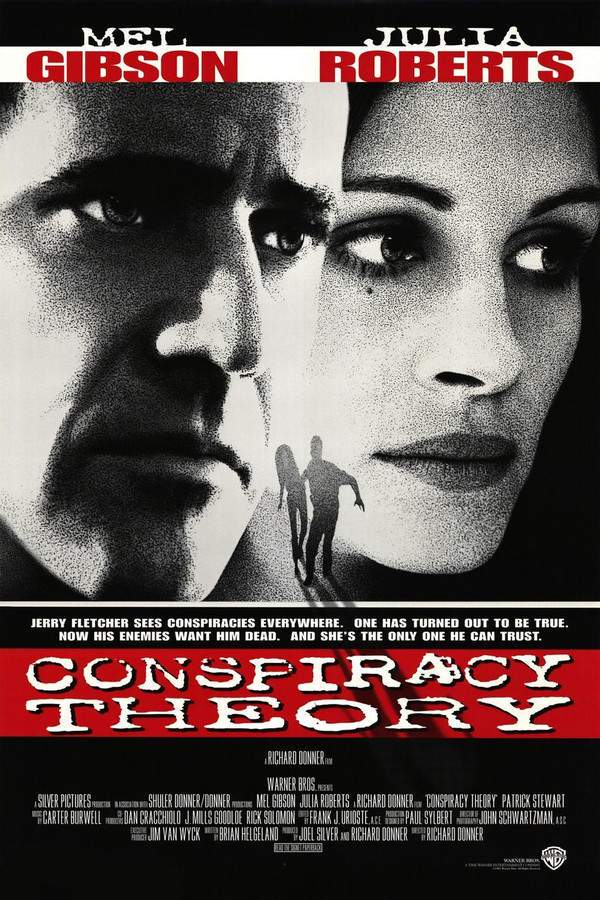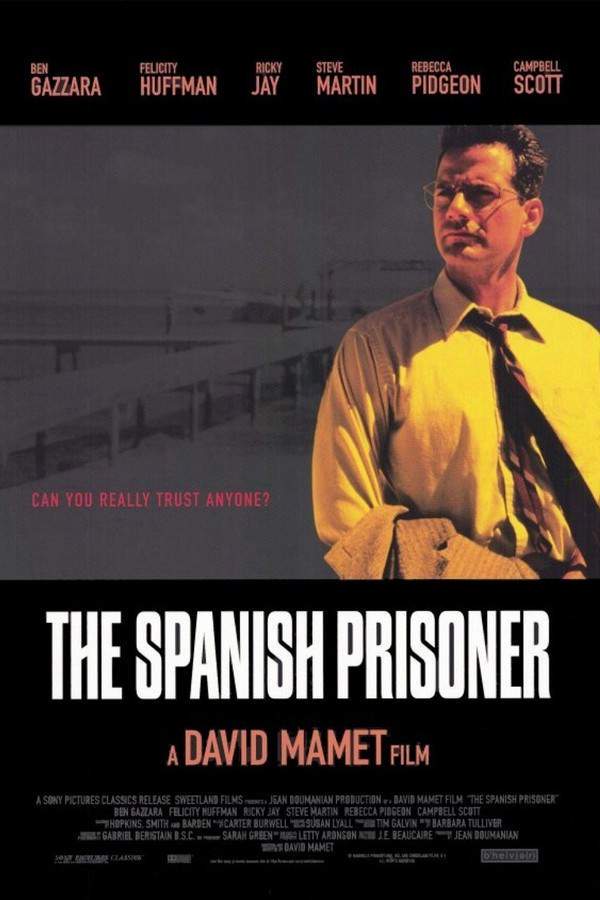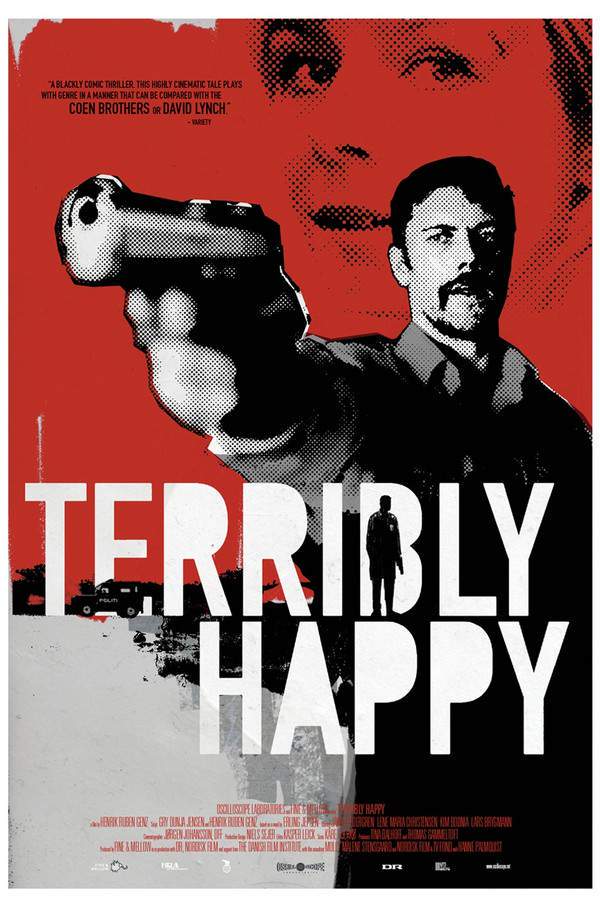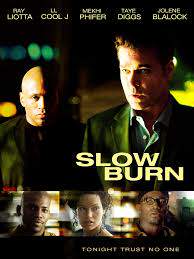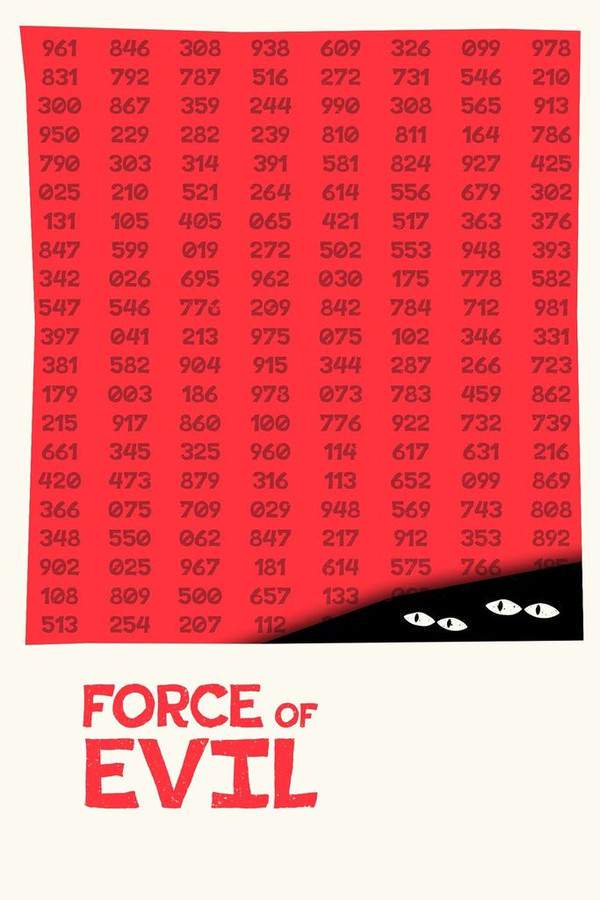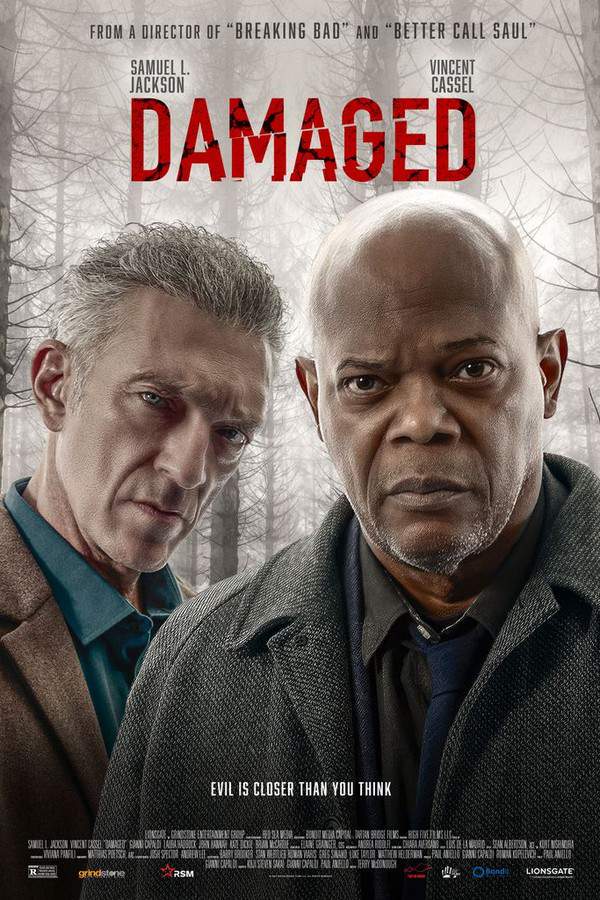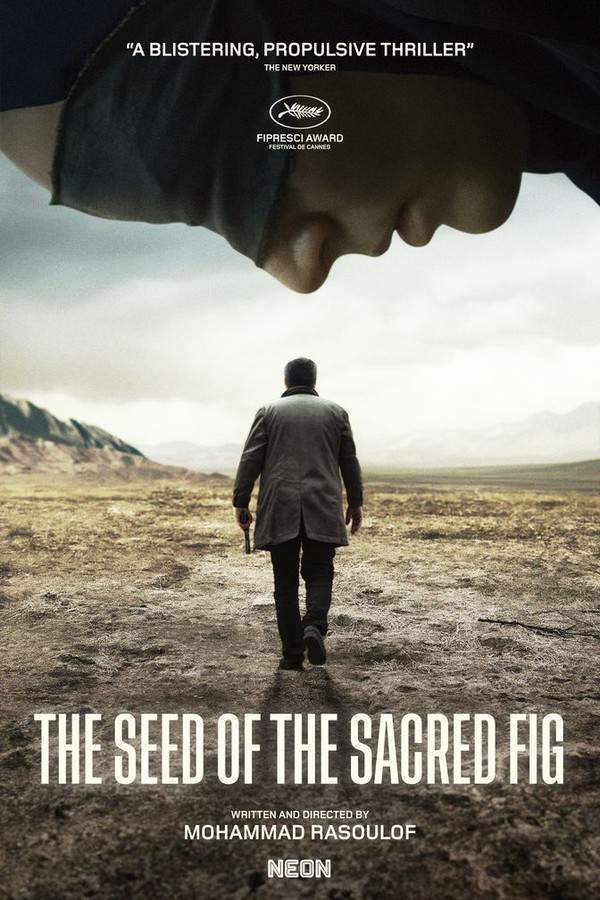
The Seed of the Sacred Fig
Year: 2024
Runtime: 2 h 48 m
Language: persian
Director: Mohammad Rasoulof
Echo Score: 84Budget: $3M
Judge Iman, a man tasked with upholding justice, finds himself consumed by paranoia as political turmoil engulfs Tehran. After his service weapon disappears, he becomes increasingly suspicious of his own wife and daughters, implementing strict and controlling measures within his household. These actions create significant tension and fracture family relationships, mirroring the broader societal breakdown occurring around him.
Warning: spoilers below!
Haven’t seen The Seed of the Sacred Fig yet? This summary contains major spoilers. Bookmark the page, watch the movie, and come back for the full breakdown. If you're ready, scroll on and relive the story!
The Seed of the Sacred Fig (2024) – Full Plot Summary & Ending Explained
Read the complete plot breakdown of The Seed of the Sacred Fig (2024), including all key story events, major twists, and the ending explained in detail. Discover what really happened—and what it all means.
Iman is a deeply principled and honest lawyer who finds himself in a precarious situation as he navigates his new role as an investigating judge in the Revolutionary Court of Tehran. He shares his life with his devoted wife, Najmeh, and their two daughters, Rezvan and Sana, who are unaware of the turmoil that is about to envelop their family. With the appointment comes a promise of a better salary and more space for his loved ones, but this newfound position is not what it seems. Instead of utilizing his esteemed legal skills, Iman is merely a puppet, forced to rubber-stamp grim judgments handed down by his superiors without engaging with the evidence or even considering the human lives at stake—this includes the harrowing approval of death sentences.
As political protests erupt across the nation, challenging the authoritarian grip of the government, Iman quickly realizes that his career has placed him in an agonizing ethical dilemma. He is instructed to keep his role a secret from his family and friends, who could become pawns in a cruel game of manipulation. This isolation is compounded when the government provides him with a handgun for his family’s defense, an item he is utterly unprepared to manage. The irony is stark: he is tasked with protecting his family while simultaneously feeling powerless to safeguard their well-being.
As the protests grow more intense, Iman’s daily routine becomes rife with anxiety and distrust. He is pushed to sign hundreds of death sentences, a stark contrast to the man who once held truth and justice in high regard. Meanwhile, his daughters, Rezvan and Sana, delve into the unfolding chaos via their cell phones, their horror mounting as they witness the violence against their peers. The tension reaches a boiling point at the dinner table when they challenge their father’s dismissive attitude towards their concerns, viewing their feminist beliefs as mere propaganda of the so-called enemy. Najmeh, sharing Iman’s devout outlook, advises the girls to sever ties with their revolutionary peers, fueling a growing rift within the family unit.
The situation escalates when tragedy strikes—Sadaf, a close friend of Rezvan, is brutally shot in the face during a demonstration against mandatory hijab laws. In an act of defiance against Iman’s strict and fear-driven demands, the women conceal this traumatic event from him, although it only serves to deepen the fracture. As paranoia prevails, Iman’s gun mysteriously vanishes, leading him to suspicion and irrational fear towards the very women he vowed to protect. In a disturbing twist, he subjects his daughters and Najmeh to intense interrogation by a colleague, Alireza, betraying the trust and love that should bind them together.
As the walls close in, Iman’s identity is leaked on social media, a dangerous revelation that forces the family to flee to Iman’s childhood home nestled in the mountains. With a new weapon obtained from a colleague, Iman becomes increasingly erratic, even engaging in a reckless car chase to silence those who threaten his façade. In a shocking revelation, during this chaotic ride, Sana confesses to having taken Iman’s original gun, further complicating the already strained family dynamics.
Upon reaching their destination, a transformation occurs, with Iman putting his family on trial—a cruel caricature of justice. As he interrogates the women of his household, tension erupts; Rezvan sacrifices her own integrity by confessing to hiding the gun, a desperate act to shield her mother and sister from his wrath. He responds with a harsh lockup, but Sana, turned into a fierce protector, manages to escape with the firearm, eventually locking Iman in a shed and freeing her imprisoned family members.
The climax arrives in a dramatic confrontation, a wild chase that symbolizes the ultimate struggle for freedom and agency. With guns raised, Iman and Sana stand against each other, a poignant reflection of their fractured relationship and the effects of a repressive regime. Just as the reality of their conflict comes to a head, the ground beneath Iman collapses, casting him into a seemingly finality of despair.
As the story draws to a close, the film’s haunting visuals portray the brutal protests unfolding on the streets of Tehran, captured through the lens of mobile phones—an echo of lives disrupted and futures uncertain, leaving a chilling reflection on the cost of political struggle and personal sacrifice.
Last Updated: December 03, 2024 at 14:27
Ending Explained – What Happens at the End of The Seed of the Sacred Fig?
Still wondering what the ending of The Seed of the Sacred Fig (2024) really means? Here’s a spoiler-heavy breakdown of the final scene, major twists, and the deeper themes that shape the film’s conclusion.
In the climactic ending of The Seed of the Sacred Fig, Iman faces a final confrontation with Sana, his daughter, who is visibly frightened and fires the gun into the ground. The shot causes the earth beneath them to give way, engulfing Iman in rubble and dust. The film leaves his fate ambiguous, but it strongly implies that he dies in this fall, as only his motionless hand is visible sticking out from the debris. His death symbolizes the collapse of his rigid, authoritarian worldview—brought about by the rebellion and innocence of his own family. Iman’s obsession with control and reputation, seen in his violent attempts to recover his lost gun, ultimately leads to his downfall. His death also underscores the destructive cycle of authoritarian power, where the desire to dominate and maintain a fake sense of order results in tragic, self-inflicted ruin.
The act of Sana taking the gun is portrayed as a childish rebellion—an innocent gesture of defiance that spirals into tragedy. It serves as a metaphor for the fragile power structures the regime embodies, which depend on oppression and rigid laws that ultimately break under the weight of resistance. The film’s broader message resonates in its final scenes, showing women protesting on the streets during the Woman, Life, Freedom movement, which contrasts starkly with Iman’s grim end. His death acts as a critique of authoritarian regimes that suffocate society with their unjust laws and arrogance. Rasoulof leaves viewers with a powerful image of hope, suggesting that even in the face of such oppressive systems, collective courage and resilience—like those demonstrated by the ongoing protests—can lead toward change and liberation. Through this, the film underscores that oppressive authority is inherently unsustainable and bound to fall, much like Iman does in his desperate attempt to hold onto power.
Last Updated: June 25, 2025 at 09:03
Explore Movie Threads
Discover curated groups of movies connected by mood, themes, and story style. Browse collections built around emotion, atmosphere, and narrative focus to easily find films that match what you feel like watching right now.
Political paranoia thrillers like The Seed of the Sacred Fig
Stories where political unrest suffocates a family from the inside out.Movies like The Seed of the Sacred Fig explore how state oppression filters into family life, creating tense, claustrophobic dramas. If you liked the intense atmosphere of a household fracturing under political pressure, these similar stories of ethical collapse and domestic surveillance will resonate.
Narrative Summary
The narrative follows a protagonist, often a figure of authority, whose complicity with a repressive system backfires, turning their own home into a microcosm of the state's paranoia. The central conflict shifts from the external political struggle to an internal, psychological war within the family unit.
Why These Movies?
These movies share a high-tension, oppressive mood where the home is no longer a sanctuary. They blend the personal and political, focusing on the emotional toll of living under constant suspicion and the moral decay that accompanies authoritarian environments.
Stories of moral collapse like The Seed of the Sacred Fig
Character studies of authority figures whose power destroys their humanity.If you were fascinated by the judge's ethical downfall in The Seed of the Sacred Fig, these movies explore similar arcs of authority figures losing their moral compass. Discover other heavy dramas about the personal cost of wielding destructive power and the subsequent fracture of family and conscience.
Narrative Summary
The narrative arc follows a character who begins with a defined role and moral code, which is systematically eroded by the demands of their position or a pivotal event. Their increasing suspicion, control, or violence towards those closest to them becomes the primary measure of their descent.
Why These Movies?
Movies in this thread are united by a heavy emotional weight and a focus on a central character's ethical unraveling. They feature steady pacing that allows for a deep character study, culminating in ambiguous or bleak endings that reflect the irreversible nature of their collapse.
Unlock the Full Story of The Seed of the Sacred Fig
Don't stop at just watching — explore The Seed of the Sacred Fig in full detail. From the complete plot summary and scene-by-scene timeline to character breakdowns, thematic analysis, and a deep dive into the ending — every page helps you truly understand what The Seed of the Sacred Fig is all about. Plus, discover what's next after the movie.
The Seed of the Sacred Fig Timeline
Track the full timeline of The Seed of the Sacred Fig with every major event arranged chronologically. Perfect for decoding non-linear storytelling, flashbacks, or parallel narratives with a clear scene-by-scene breakdown.

Characters, Settings & Themes in The Seed of the Sacred Fig
Discover the characters, locations, and core themes that shape The Seed of the Sacred Fig. Get insights into symbolic elements, setting significance, and deeper narrative meaning — ideal for thematic analysis and movie breakdowns.

The Seed of the Sacred Fig Ending Explained
What really happened at the end of The Seed of the Sacred Fig? This detailed ending explained page breaks down final scenes, hidden clues, and alternate interpretations with expert analysis and viewer theories.

The Seed of the Sacred Fig Spoiler-Free Summary
Get a quick, spoiler-free overview of The Seed of the Sacred Fig that covers the main plot points and key details without revealing any major twists or spoilers. Perfect for those who want to know what to expect before diving in.

More About The Seed of the Sacred Fig
Visit What's After the Movie to explore more about The Seed of the Sacred Fig: box office results, cast and crew info, production details, post-credit scenes, and external links — all in one place for movie fans and researchers.


